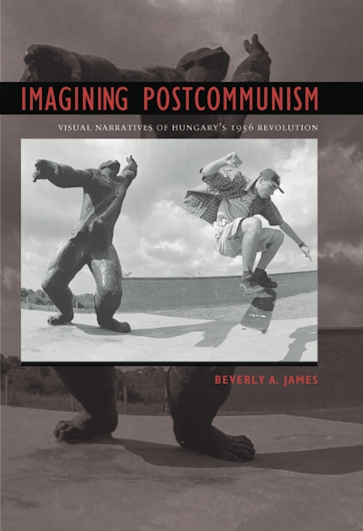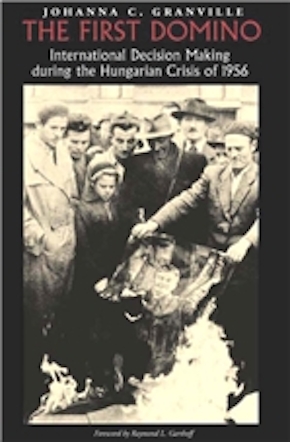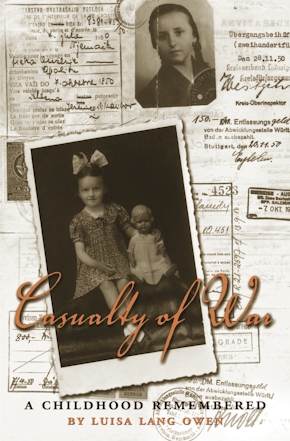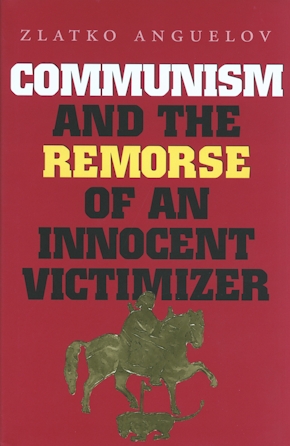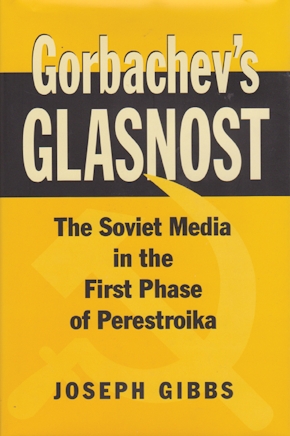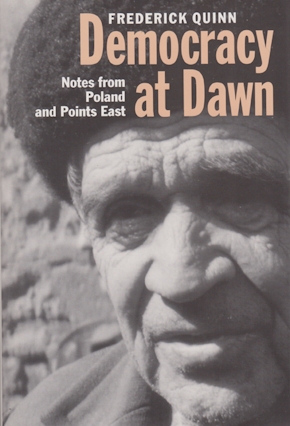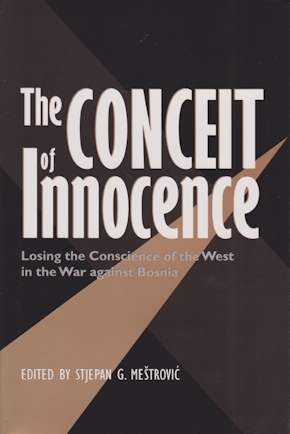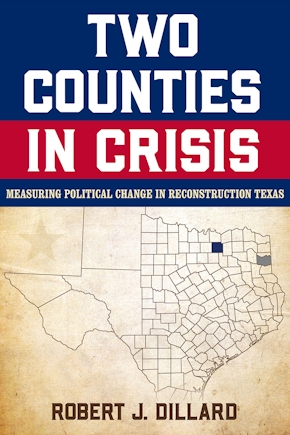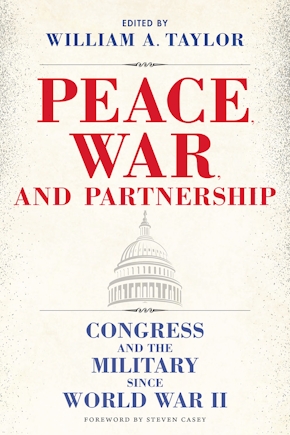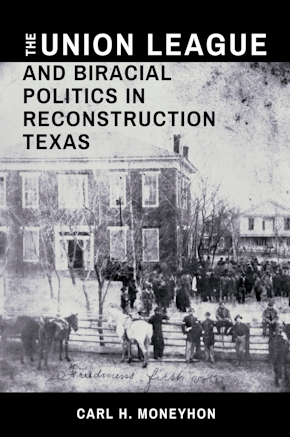Imagining Postcommunism
Visual Narratives of Hungary’s 1956 Revolution
978-1-58544-405-2 Cloth
6 x 9 x 0 in
216 pp. 42 b&w photos.
Pub Date: 03/29/2005
Available
In Imagining Postcommunism, Beverly James demonstrates how 1956 became a foundational myth according to which the bloody events of that fall led to the ceremonial reburial of the martyred prime minister Imre Nagy in 1989, free elections in 1990, and the withdrawal of the last Soviet soldiers on June 19, 1991. She shows how museums, monuments, and holiday rituals have aided the construction of a new Hungary through the reclamation and expression of competing memories of the critical events of 1956.
Surveying the dazzling array of ceremonies, exhibitions, and memorials commemorating the revolution and its heros, James invites readers to consider the difference between the communist regime’s master narrative of 1956, with its smug, false unity, and the multiple, polemical stories woven by competing political forces in postcommunist Hungary.
A thoughtful application of communication and historical theories on the uses of memory, this study offers a unique perspective on a crucial episode in the history of Eastern Europe.
Eugenia & Hugh M. Stewart '26 Series
About the Author
Published by Texas A&M University Press
